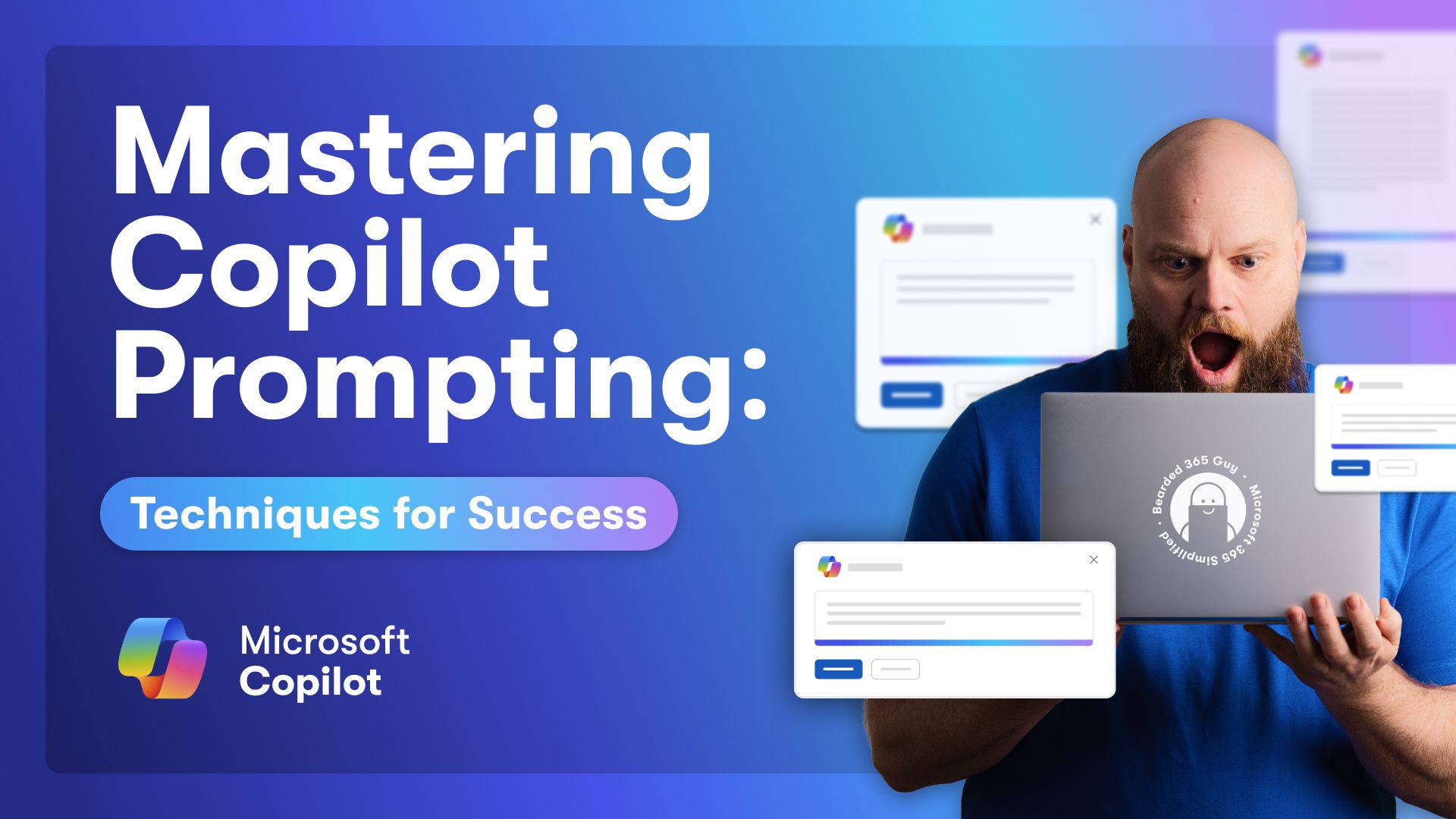Co-Pilot Isn't Magic - It's Just Really, Really Good Prompting
Apr 23, 2025
There’s a new myth in the world of work - that AI can read your mind. Spoiler alert: it can’t.
Enter Co-Pilot, Microsoft's shiny new AI assistant that’s been slotted into everything from Word to Teams like the tech world’s answer to duct tape. It’s clever, yes. Magical, no. It’s only as good as what we ask it to do - and therein lies the problem.
A lot of us are staring at Co-Pilot like it’s the first microwave we ever saw. We know it can do incredible things, but when it comes time to use it? Blank. Cursor blinking. Brain buffering.
We’re typing half-baked prompts like “write a proposal” or “summarise this” and then shaking our fists at the screen when the results are about as useful as a chocolate teapot. So we declare Co-Pilot useless and go back to doing things the long way - manually, painstakingly, inefficiently.
But here’s the twist - it’s not Co-Pilot that’s the problem. It’s us. Or rather, it’s how we talk to it.
The Art (and Science) of Prompting
I’m Jolan - The Bearded 365 Guy - and this blog is part of a series that’s all about unlocking Co-Pilot for your business. Because used right, this isn’t just a neat gadget - it’s a genuine productivity machine.
We just need to master one thing: prompting.
Now before your eyes glaze over, let’s define it. A prompt is how we instruct and interact with Co-Pilot. That’s it. But like a new assistant on day one, Co-Pilot needs direction. It’s not psychic - it needs specifics.
Let’s take two very different prompts:
“Can you write me a proposal for a new client? Keep it professional.”
Versus:
“I need a proposal for Joe Bloggs Accounting. Please include our services and pricing. You’ll find details in a Word doc called ‘Our Services’ and another doc with their client review - both in my OneDrive. Keep the tone professional but avoid jargon.”
Same task. Wildly different results. Why? Because one gives Co-Pilot the full picture. The other? A shrug and a hope.
Enter the GCSE Framework
To help you craft killer prompts every time, I’ve got a framework that works. Think of it like the ABCs of talking to Co-Pilot - only it’s GCSE.
No, not the exams you did in school - although this might be the most useful GCSE you’ve ever learned.
G - Goal
What do you actually want? A proposal? A summary? An image? Start your prompt with your goal. Be specific. “I need a proposal” is better than “Help me”.
C - Context
Who’s it for? Why do you need it? When do you need it? The more Co-Pilot knows, the more tailored its response. “This is for a client pitch next Tuesday” adds flavour and focus.
S - Source
Where should Co-Pilot look? Your emails? Teams chats? That file you stashed in OneDrive last month and promptly forgot about? Point it to the data. Don’t leave it guessing.
E - Expectations
Do you want it formal? Friendly? Bullet-pointed? Detailed or light-touch? Should it skip technical jargon? Tell it how to behave - and it’ll listen.
Put it all together and you go from fumbling to flying.
It’s Not Just for Work
Once you get the hang of this, you’ll start to use Co-Pilot for everything. Genuinely. You’ll be at home saying, “I want spaghetti Bolognese for dinner. Check the fridge and the cupboard for ingredients and make it snappy.”
And honestly? Co-Pilot might just figure that one out too.
Final Thoughts
AI isn’t here to replace you. It’s here to supercharge you. But only if you learn how to talk to it properly.
Master the GCSE framework, and Co-Pilot will go from underwhelming to indispensable. You’ll claw back seconds, minutes - maybe even hours. And when you do, you’ll wonder how you ever worked without it.
Now go on. Fire up Co-Pilot. And speak to it like you mean it.
